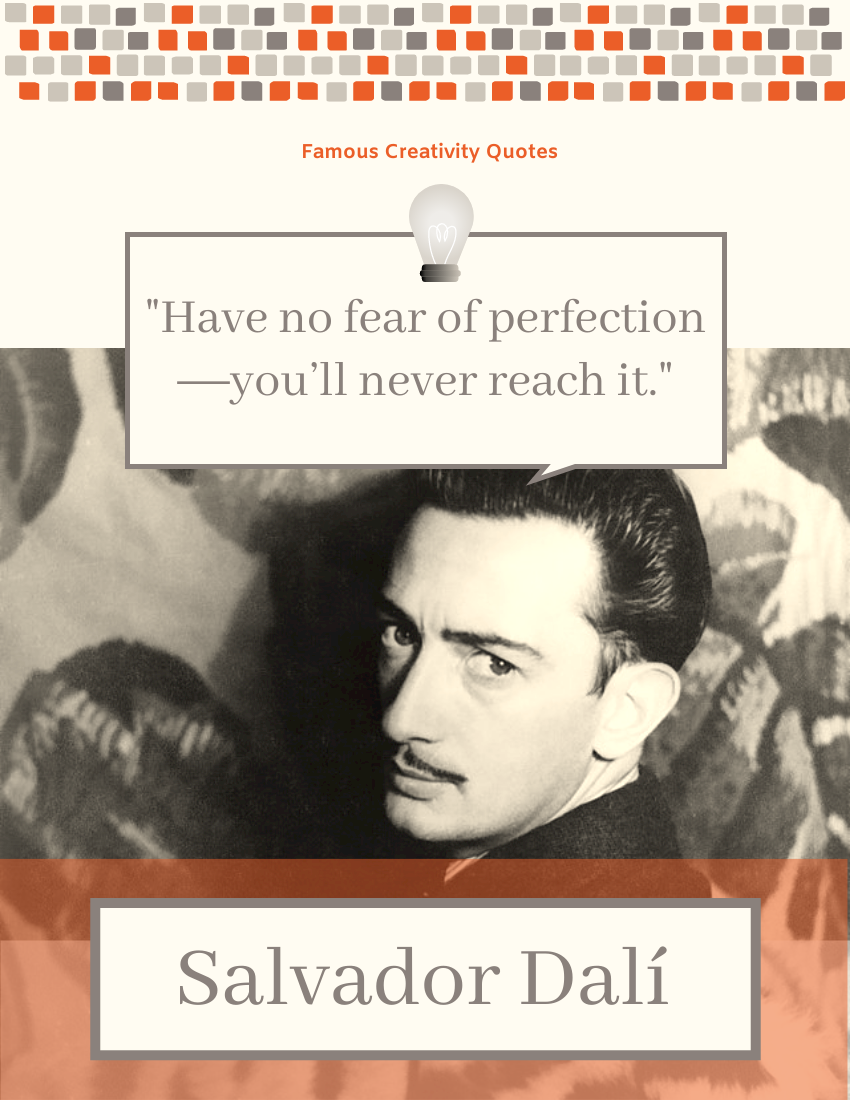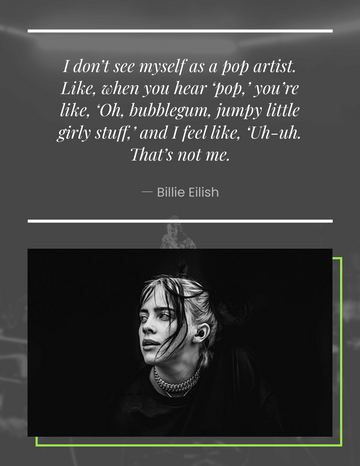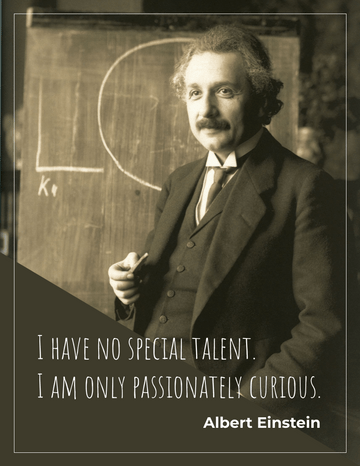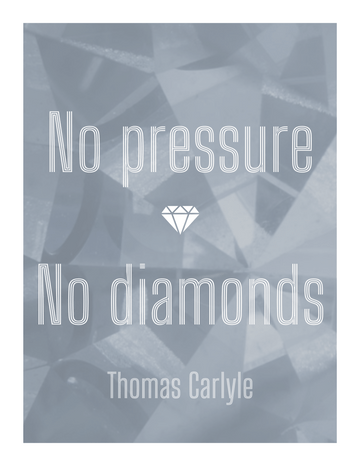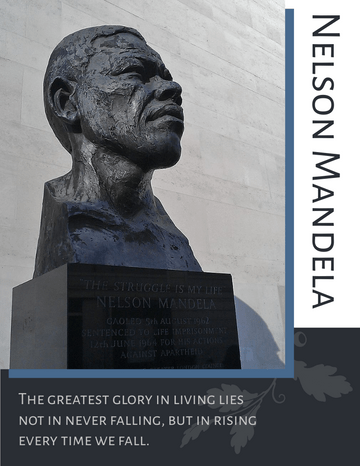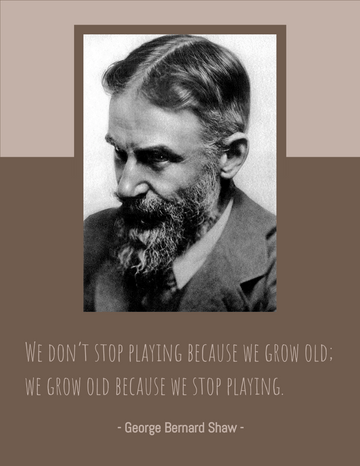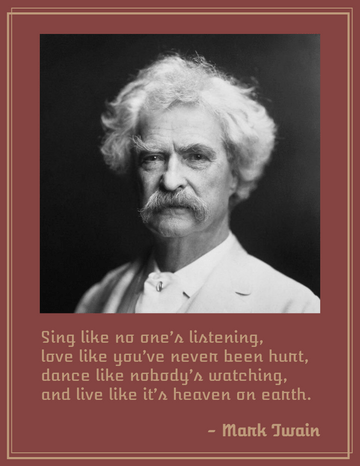Famous Creativity Quotes
"Have no fear of perfection ―you’ll never reach it." ― Salvador Dalí
Who is Salvador Dalí?
Salvador Domingo Felipe Jacinto Dalí i Domènech, Marquess of Dalí of Púbol gcYC (11 May 1904 – 23 January 1989) was a Spanish surrealist artist renowned for his technical skill, precise draftsmanship, and the striking and bizarre images in his work.
Born in Figueres, Catalonia, Spain, Dalí received his formal education in fine arts in Madrid. Influenced by Impressionism and the Renaissance masters from a young age he became increasingly attracted to Cubism and avant-garde movements. He moved closer to Surrealism in the late 1920s and joined the Surrealist group in 1929, soon becoming one of its leading exponents. His best-known work, The Persistence of Memory, was completed in August 1931, and is one of the most famous Surrealist paintings. Dalí lived in France throughout the Spanish Civil War (1936 to 1939) before leaving for the United States in 1940 where he achieved commercial success. He returned to Spain in 1948 where he announced his return to the Catholic faith and developed his "nuclear mysticism" style, based on his interest in classicism, mysticism, and recent scientific developments.
Click here to read this quote book.
Symbolism in Painting
From the late 1920s, Dalí progressively introduced many bizarre or incongruous images into his work which invite symbolic interpretation. While some of these images suggest a straightforward sexual or Freudian interpretation (Dalí read Freud in the 1920s) others (such as locusts, rotting donkeys, and sea urchins) are idiosyncratic and have been variously interpreted. Some commentators have cautioned that Dalí's own comments on these images are not always reliable.
From the late 1920s, Dalí progressively introduced many bizarre or incongruous images into his work which invite symbolic interpretation. While some of these images suggest a straightforward sexual or Freudian interpretation (Dalí read Freud in the 1920s) others (such as locusts, rotting donkeys, and sea urchins) are idiosyncratic and have been variously interpreted. Some commentators have cautioned that Dalí's own comments on these images are not always reliable.
The rhinoceros and rhinoceros horn shapes began to proliferate in Dalí's work from the mid-1950s. According to Dalí, the rhinoceros horn signifies divine geometry because it grows in a logarithmic spiral. He linked the rhinoceros to themes of chastity and to the Virgin Mary. However, he also used it as an obvious phallic symbol as in Young Virgin Auto-Sodomized by the Horns of Her Own Chastity.
